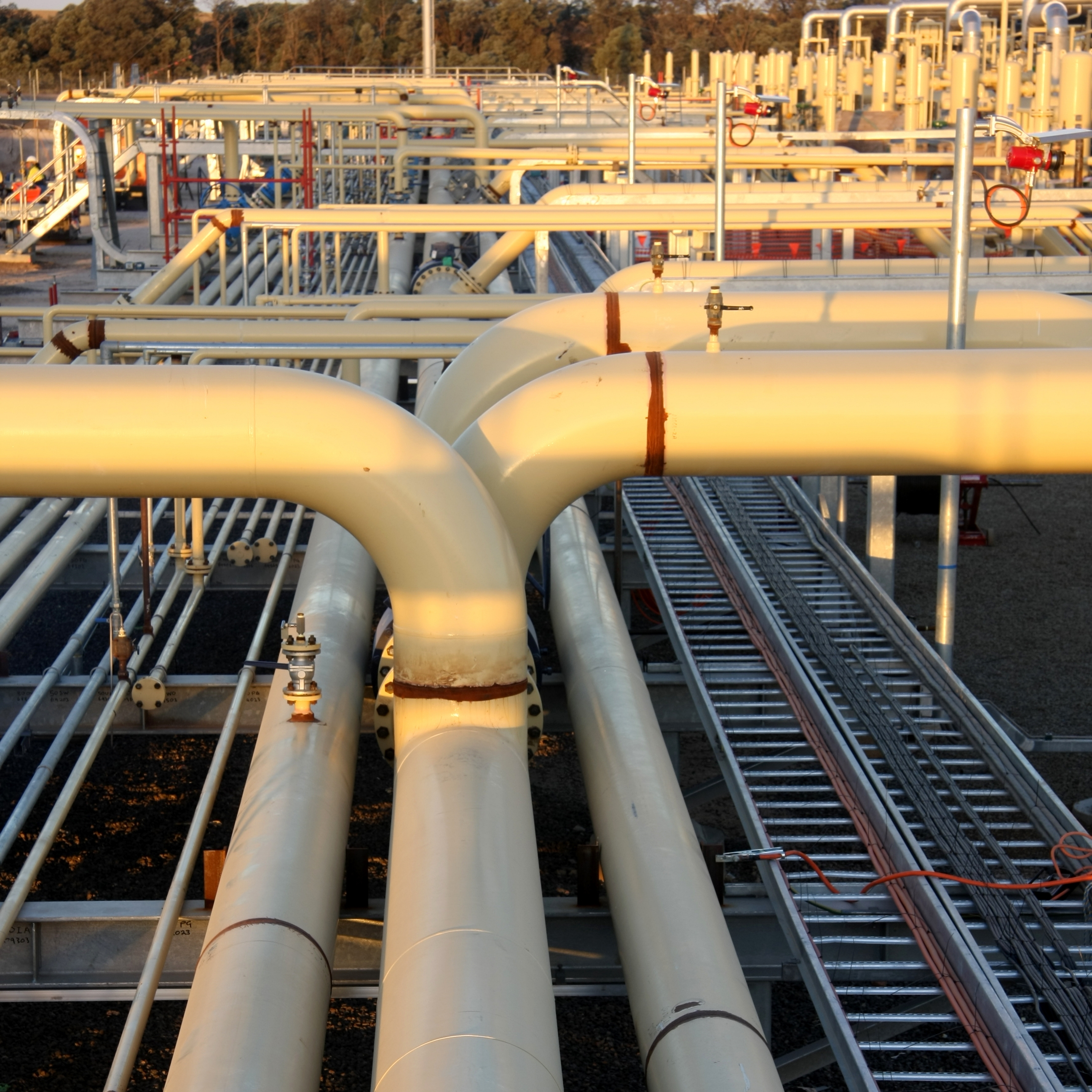Energy
Natural Gas Price Ticks Higher After Storage Report

Published:
Last Updated:

The U.S. Energy Information Administration (EIA) reported Thursday morning that U.S. natural gas stocks increased by 68 billion cubic feet for the week ending April 29. Analysts were expecting a storage addition of around 69 billion cubic feet. The five-year average for the week is an injection of around 64 billion cubic feet, and last year’s storage addition for the week totaled 77 billion cubic feet. Natural gas inventories rose by 73 billion cubic feet in the week ending April 22.
Natural gas futures for June delivery traded down about 1.5% in advance of the EIA’s report, at around $2.11 per million BTUs, and traded around $2.12 after the data release. Last Thursday, natural gas closed at $2.08 per million BTUs. On Friday the contract posted its high for the past five trading days at $2.20. The 52-week range for natural gas is $1.84 to $3.20. One year ago the price for a million BTUs was around $3.05.
Natural gas prices have been rising fitfully since their early March low of $1.84 per million BTUs. How high prices will go and how long the increases will last are the salient points. RBN Energy offers this summation:
[G]iven the size of the storage surplus , injections into storage will need to be consistently below what they have been historically in these months if the market is to prevent a storage capacity shortage (and further price discounts) by fall 2016. And that will require supply/demand to tighten relative to recent years, either due to lower supply or higher demand or some combination of the two.
The weather forecast through May 11 indicates that temperatures should continue to be mild with a short spasm of cooler weather along the Great Lakes and mid-Atlantic coast. Demand for natural gas is expected to be low through the entire period.
Stockpiles are about 49% above their levels of a year ago and about 47% above the five-year average.
The EIA reported that U.S. working stocks of natural gas totaled about 2.625 trillion cubic feet, around 836 billion cubic feet above the five-year average of 1.789 trillion cubic feet and 861 billion cubic feet above last year’s total for the same period. Working gas in storage totaled 1.764 trillion cubic feet for the same period a year ago.
Here’s how share prices of the largest U.S. natural gas producers reacted to this latest report:
Exxon Mobil Corp. (NYSE: XOM), the country’s largest producer of natural gas, traded up about 1% at $88.79 in a 52-week range of $66.55 to $89.78.
Chesapeake Energy Corp. (NYSE: CHK) traded up about 5% at $5.95. The stock’s 52-week range is $1.50 to $15.76. The country’s second-largest natural gas producer reported a narrower-than-expected loss Thursday morning.
EOG Resources Inc. (NYSE: EOG) traded up about 3.4% at $82.04. The 52-week range is $57.15 to $96.10.
The United States Natural Gas ETF (NYSEMKT: UNG) traded down about 0.9% at $6.87 in a 52-week range of $5.78 to $15.28.
Are you ready for retirement? Planning for retirement can be overwhelming, that’s why it could be a good idea to speak to a fiduciary financial advisor about your goals today.
Start by taking this retirement quiz right here from SmartAsset that will match you with up to 3 financial advisors that serve your area and beyond in 5 minutes. Smart Asset is now matching over 50,000 people a month.
Click here now to get started.
Thank you for reading! Have some feedback for us?
Contact the 24/7 Wall St. editorial team.